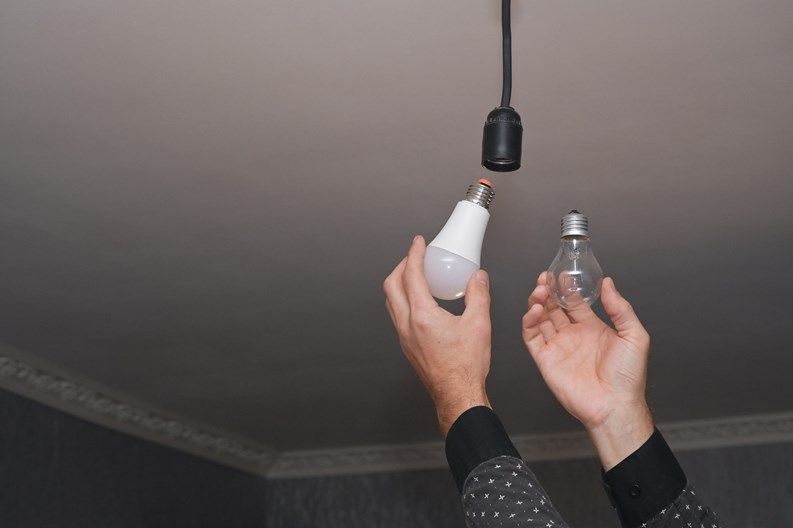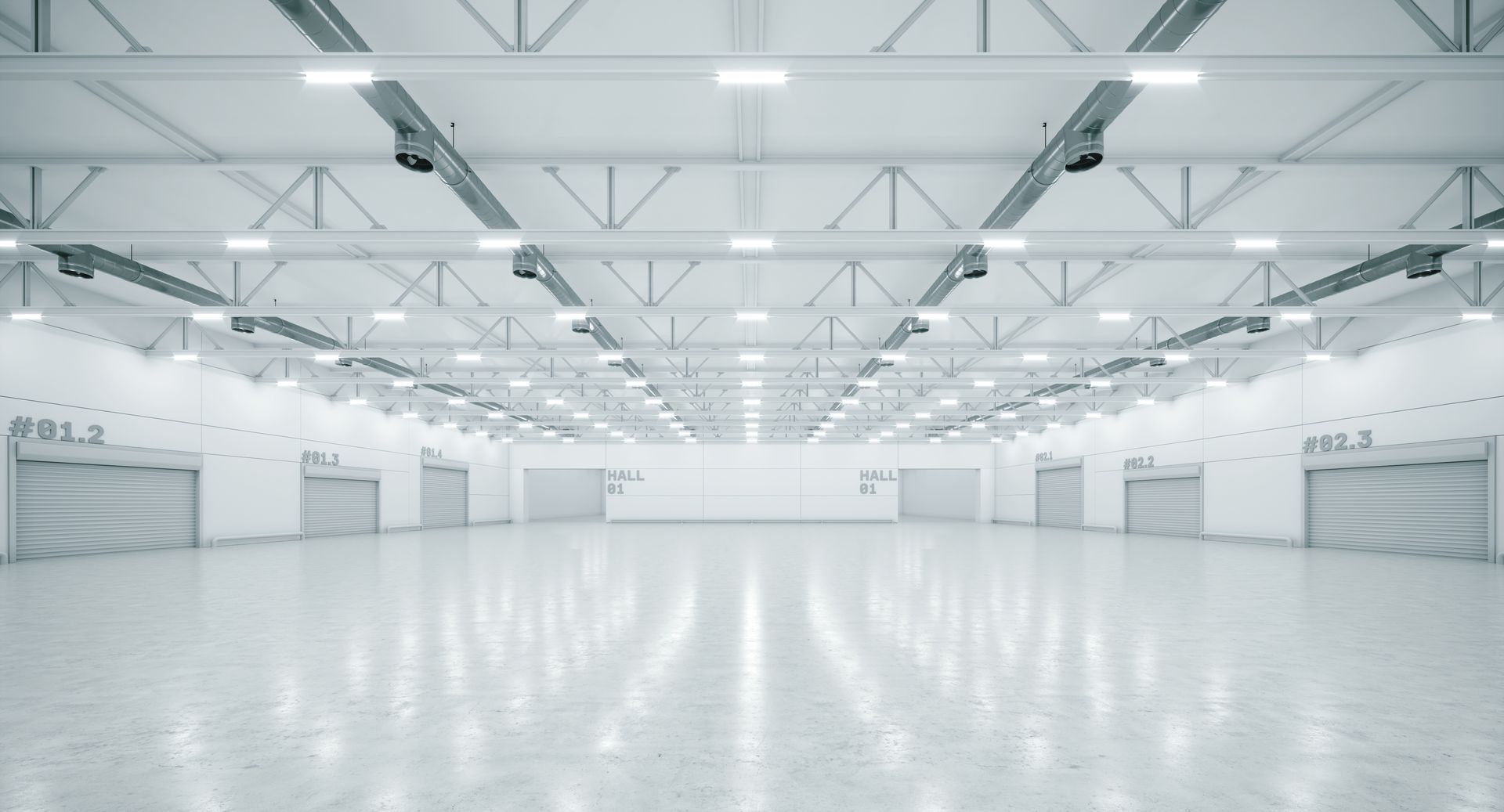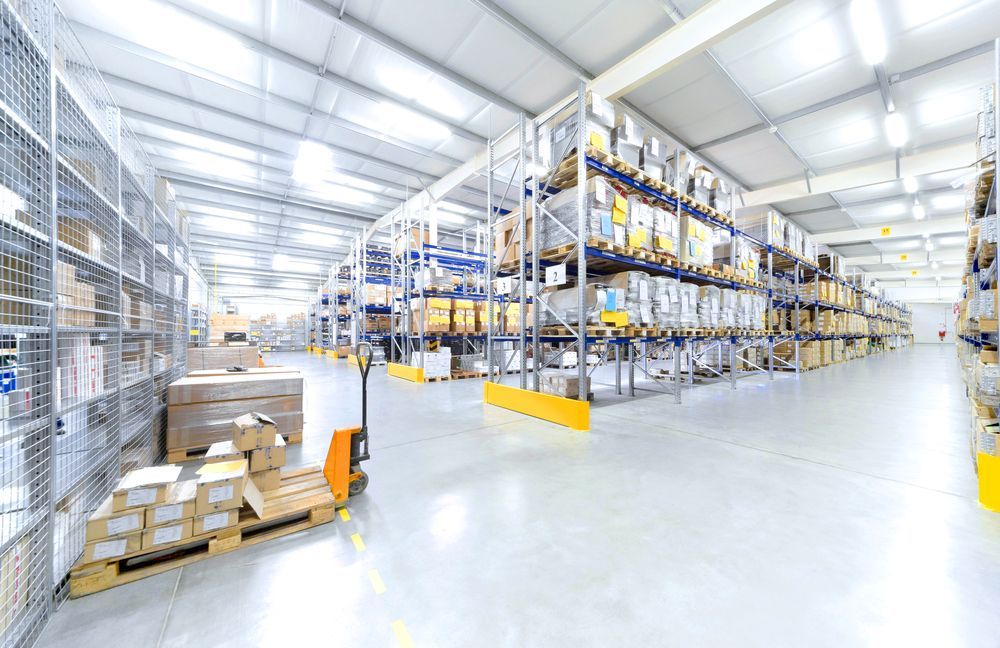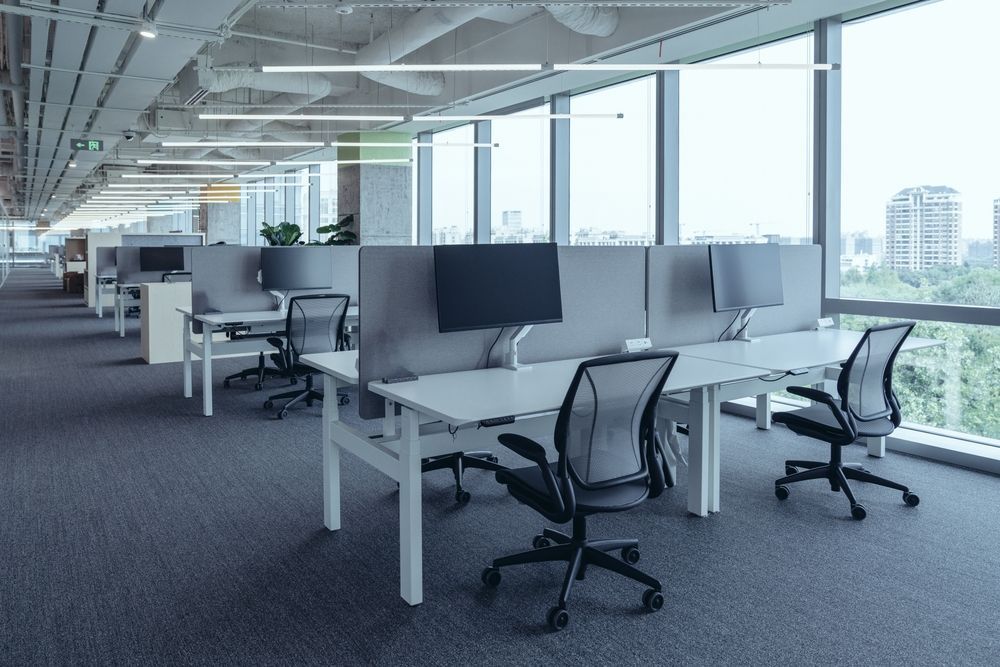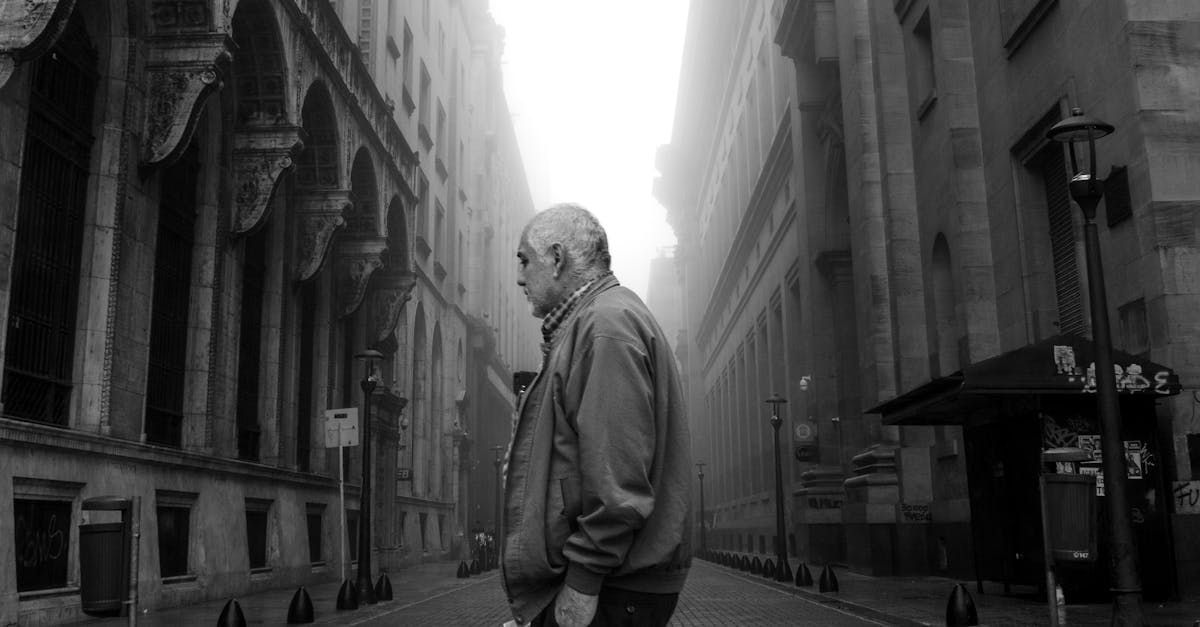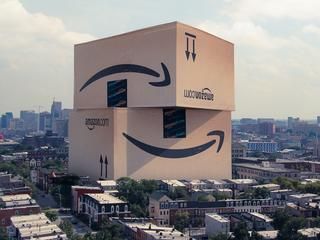LED vs Fluorescent: What Saves Your Business More
If you're managing a commercial or industrial facility, lighting is one of the few line items that affects both operating costs and employee performance. Many businesses still rely on fluorescent fixtures, thinking they are efficient enough or too costly to replace. But over time, the numbers tell a different story. When it comes to long-term savings, LEDs outperform fluorescents in nearly every category: energy usage, maintenance, reliability, and even rebates.
In this article, we’ll break down the cost differences between LED and fluorescent lighting in real-world commercial environments and help you determine when and why it makes sense to make the switch.
Energy Efficiency and Consumption
One of the most significant differences between LED and fluorescent lighting is how efficiently each technology converts electricity into usable light. On average, LED fixtures use 40 to 60 percent less energy than comparable fluorescents to deliver the same or better light output.
For example, a typical 4-foot fluorescent tube consumes around 32 watts per lamp. When you factor in multiple lamps per fixture and long daily operating hours, that adds up quickly across a facility. An equivalent LED tube uses just 12 to 18 watts, significantly reducing kilowatt-hour consumption without sacrificing brightness.
In large spaces like warehouses, manufacturing floors, or retail centers, these savings can translate into thousands of dollars per year, especially when lighting runs for extended shifts or 24-hour operations.
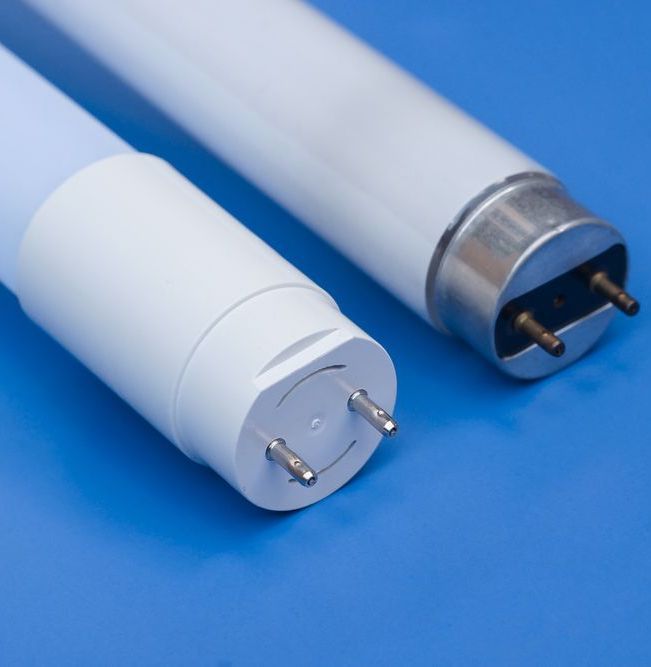
Maintenance and Replacement Costs
Fluorescent lighting systems come with hidden costs that add up over time. Tubes need to be replaced regularly, ballasts fail, and maintenance teams must access high ceilings or awkward areas to keep the system functional.
LEDs, by contrast, offer dramatically longer lifespans. While a fluorescent lamp typically lasts 10,000 to 15,000 hours, commercial-grade LEDs often exceed 50,000 hours or more. That means fewer service calls, fewer disruptions, and far less money spent on parts and labor.
For businesses with multiple properties or facilities, reducing maintenance demands across locations can also ease staffing and budgeting pressure.
Lighting Quality and Performance
While cost is important, lighting performance affects safety, productivity, and visual appeal. LEDs provide instant-on brightness, consistent color temperature, and superior light distribution. They do not flicker or dim over time like fluorescents, which can degrade and become uneven.
In environments like offices, showrooms, production areas, or athletic facilities, better light quality improves focus, enhances visual tasks, and creates a more comfortable environment for employees and customers alike.
Environment Impact and Disposal
Fluorescent bulbs contain small amounts of mercury, making them hazardous when broken and requiring special handling during disposal. Businesses must follow strict regulations to avoid fines and ensure safe recycling.
LEDs contain no toxic materials and are generally easier and safer to dispose of. They are also more durable, with no glass tubes or filaments to break during shipping, storage, or installation.
Rebate and Incentives
Many utility providers offer financial incentives for businesses that upgrade to LED lighting. These rebates are designed to encourage energy efficiency and can offset a significant portion of upfront costs.
In most cases, fluorescent upgrades do not qualify for the same level of incentives, if any. By choosing LED, businesses can take advantage of these programs while reducing long-term utility expenses.
At US Lighting Systems, we help clients identify and secure applicable rebates as part of our turnkey retrofit service. This ensures projects stay within budget and deliver a faster return on investment.
Final Verdict: LEDs Save More
While fluorescents may seem like a lower-cost option initially, they come with higher operating, maintenance, and environmental costs. LEDs provide better long-term value for commercial and industrial facilities by lowering energy use, reducing replacement frequency, and qualifying for more rebates.
If your business is still running on fluorescent lighting, it may be time to schedule a professional lighting audit. US Lighting Systems can help you understand the full scope of your current system and design an upgrade plan that delivers measurable results.


